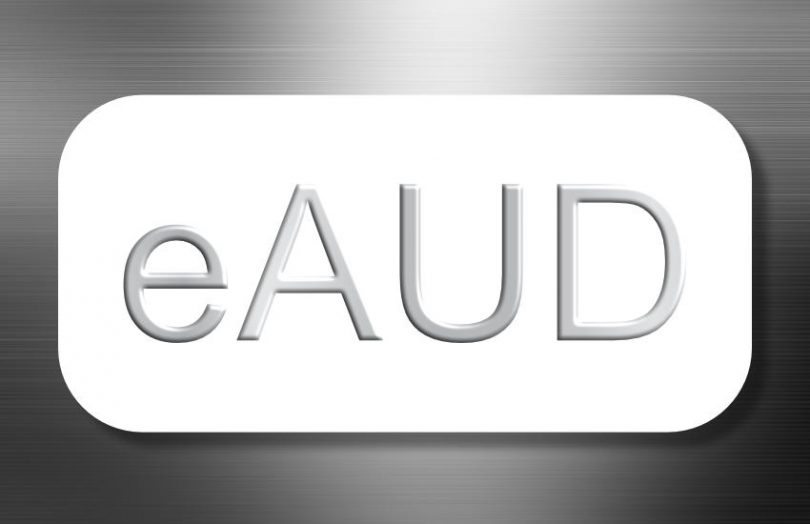Last month, Australian digital payment company Novatti completed its central bank digital currency (CBDC) trial using a stablecoin backed by the eAUD CBDC. The test was part of the country’s CBDC pilot program, which officially came to an end in May, and it is expected to publish a report soon. Novatti’s trial demonstrated the potential of CBDCs to provide a credible and risk-free asset for backing privately-issued stablecoins.
Novatti’s CBDC trial
Nowadays, to ensure that stablecoins are fully backed, reserves must be regularly audited by third parties. However, this does not build a lot of confidence unless the reserves can be proven in real time as there have been past cases where stablecoins have been found not to be fully backed by sufficient reserves. CBDC-backed stablecoins could allow users to verify reserves independently, thus increasing trust in the system.
Additionally, because a CBDC comes directly from the central bank, it should be more liquid than reserves held in government bonds which would need to be sold if there was a mass stablecoin redemption.
During the trial, Novatti purchased eAUD from an authorized distributor and minted an equivalent amount of “wrapped” stablecoins on the public Stellar Blockchain. A Hashed Time Lock Contract (HTLC) was used to bridge the CBDC ledger and the Stellar blockchain. This ensured Novatti continuously had one for one backing, which users could independently check at any time. The stablecoins were then used to buy NFTs issued by Zerocap for a charitable donation to the FSHD Global Research Foundation.
“In Australia, some charitable foundations lack transparency,” said Natalie Cooney, Chair of FSHD Global Research Foundation. “Donors deserve confidence when supporting a cause and I pride myself on FSHD Global Research Foundation’s commitment to transparency and impact. The eAUD offers a solution because you can track the donation, show proof of receipt and could even go on to show the direct impact to the cause. Zerocap provides the ability to receive the funds into our insured custody wallet, supporting the digital asset ecosystem and I am excited to see Novatti driving innovation in digital payments.”
Australia’s public blockchain affinity
One thing worth highlighting is Australia’s willingness to link a CBDC to public blockchains, something that few others have done. Brazil’s Digital Real Challenge also involved public blockchains. Australia has generally demonstrated a greater inclination towards public blockchains, with several use cases testing such applications.
Australia’s public blockchain affinity also extends beyond its CBDC trials. In recent years, both ANZ and the National Australia Bank have piloted blockchain-based stablecoins, again, something that few banks elsewhere have tried.






